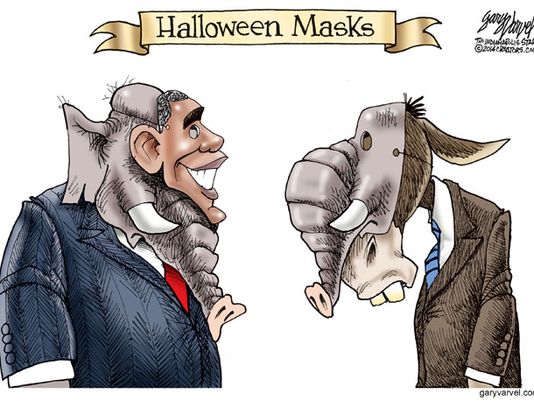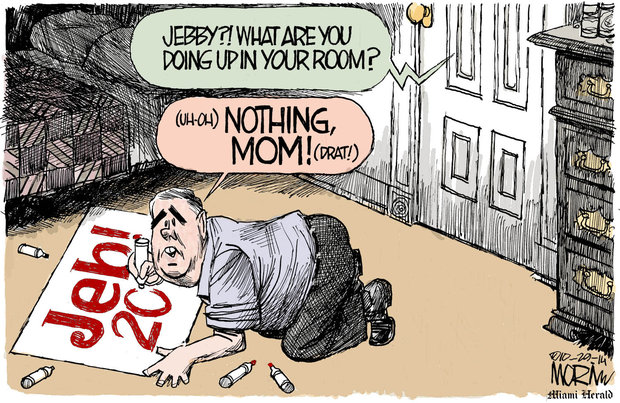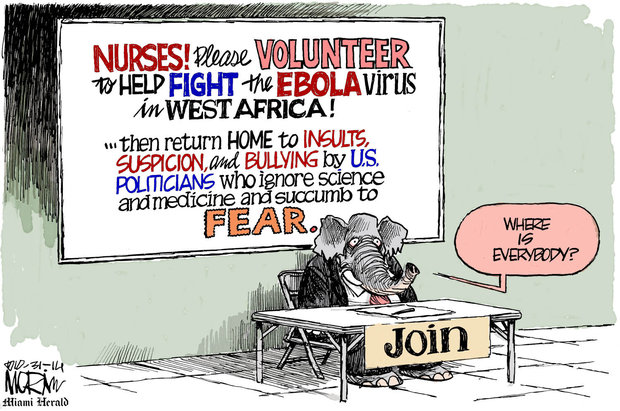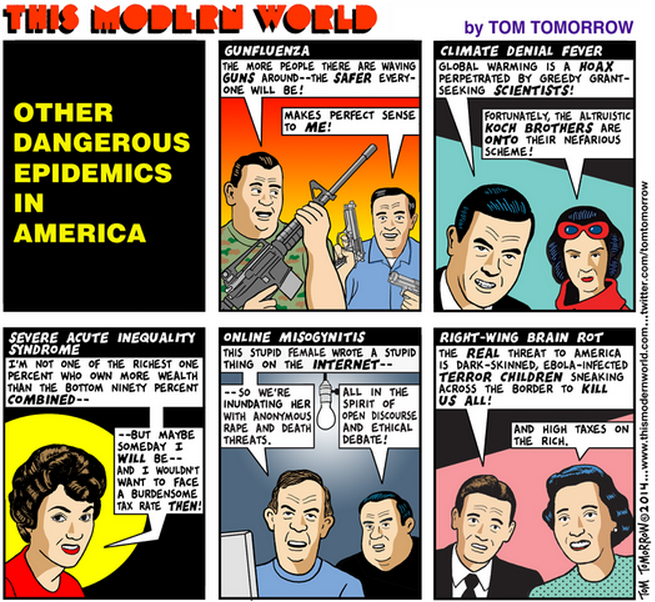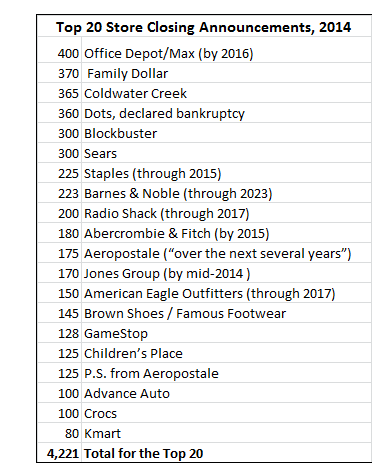Liberty lies in the hearts of men and women; when it dies there, no constitution, no law, no court can save it. – Judge Learned Hand
Yesterday was Human Rights Day. Maybe, with all that has happened to our human rights in post-9/11 America, it is a good time to look very carefully at the current spate of bad outcomes for people who draw attention from our police. One question is, who still believes in our system? Below is one answer that points to where we are:
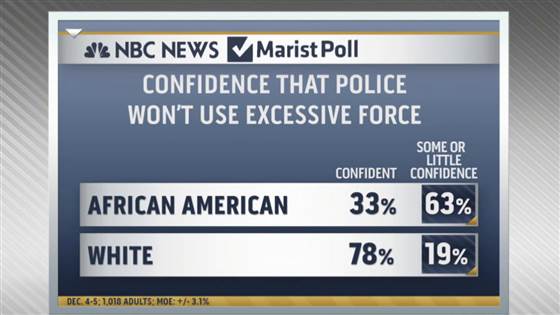 Here is the poll question that produced the above response:
Here is the poll question that produced the above response:
How much confidence do you have in police officers in your community to not use excessive force on suspects: A great deal, a fair amount, just some, or very little confidence?
Note that “no confidence” was not an option for your answer. One way to look at the poll is that it shows that our system is working exactly as it is intended to work. From Ian Welsh: (emphasis by the Wrongologist)
If a police officer tells you to do anything, you do it immediately. If you do not, anything that happens to you, up to and including death, is your problem. The legal system exists today to ensure compliance.
And if you fail to do what is asked, the police will say, “He/she was non-compliant.” That is a way that this part of the American system performs as designed. It rewards compliance, it identifies those who will not obey laws, or who will fight or organize against the system, and then it works to push them down.
In our system, the wolves and the sheep self-identify, they know which group they belong to. If an injustice is committed, if people protest, the most aggressive protestors, even if not violent, are arrested. Our oligarchy is built on the idea that we must keep people from effectively resisting. More from Ian Welsh:
Any part of the population which is inclined to resist, must be taught that it cannot resist. Get out millions to demonstrate against the Iraq war: it will not work. Protest against police killings of African Americans, it will not work.
Occupy Wall Street? That didn’t work either. The system operates in two ways to repress and control people. America’s system has been 80% Huxley and 20% Orwell for decades, but now, the ratios are approaching 50/50. Let’s unpack the Orwell vs. Huxley worldviews: (h/t highexistence.com)
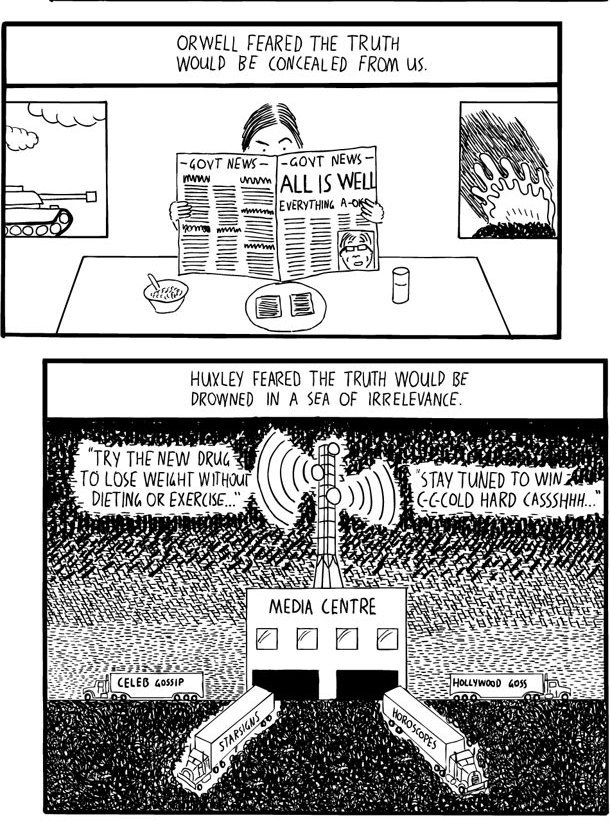
• Orwell feared the government would ban books.
• Huxley feared that there would be no reason to ban books, because no one would want to read them.
• Orwell feared the government would deprive us of information.
• Huxley feared they would give us so much information that we would be reduced to passivity.
Orwell feared that the truth would be concealed from us. Huxley feared the truth would be invisible in a sea of irrelevance. Orwell feared we would become a captive culture. Huxley feared we would become a trivial culture.
So, we became the trivial culture that Huxley feared. Now, the powers that be are tilting to Orwell to nudge us toward a captive culture.
Huxley’s vision of how human nature or human aspirations could be manipulated for the purposes of the controlling elite rings true in the US. But, Orwell’s depiction of the controlling/interlocking elites of allegedly opposed factions (R’s vs. D’s, government vs. private sector, Wall Street vs. Main Street) is truer than ever before.
So, both are right. Orwell’s fear is already a reality in the East (North Korea, China, Iran) and Huxley’s fear is reality in the West (US, Scandinavia, UK).
Look at how easily the citizenry acquiesced to militarized police in Boston a couple of years ago. Tanks rolled down the streets and officers dressed like they were in Afghanistan demanded that people go inside their houses, for their “safety”. This “army” then searched for the two suspects in the Boston Marathon bombing. This took place over a huge area—whole towns. Was this just the police testing their new toys? Or was it also something darker… like a test of how far the government can go with the Security State? It didn’t hurt that the people got to say they were “Boston Strong” and got the rest of the country to buy in to that.
Power and information are continua. The Orwellian vision tends towards power, while the Huxleyian view tends toward information. However, they are neither separate, nor divisible. Human history has always used deceit as a tool, backed by power, while the biggest bullies have tried to control things since prehistory.
Both manifest legalized lies, backed by legalized violence, wherein the government becomes the largest organized crime syndicate, controlled by the best organized criminals. Welcome to America.
These “crime syndicates” are destroying the foundations of our society, creating the twin near-religions of the State and the Corporation.
The system will not change until the people who want change have enough power to force change. But first, they have to open their eyes to what is happening: Ordinary citizens cannot change the system if the elites don’t agree with the changes the plebes want to make. If they try, they will be arrested or killed at the scene. This must change first.
After that, we can begin working to restore the fundamental systemic change that we brought about during the times of FDR through LBJ.

